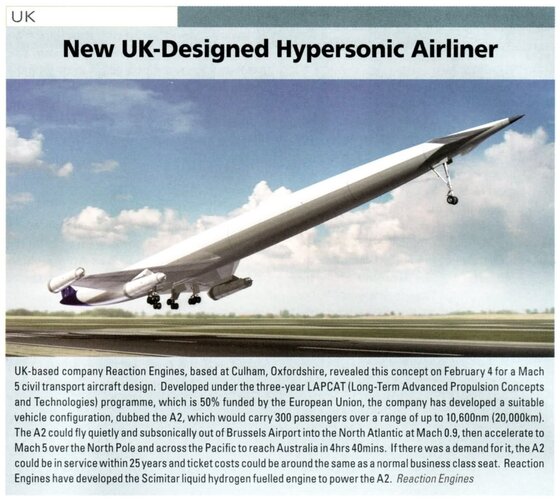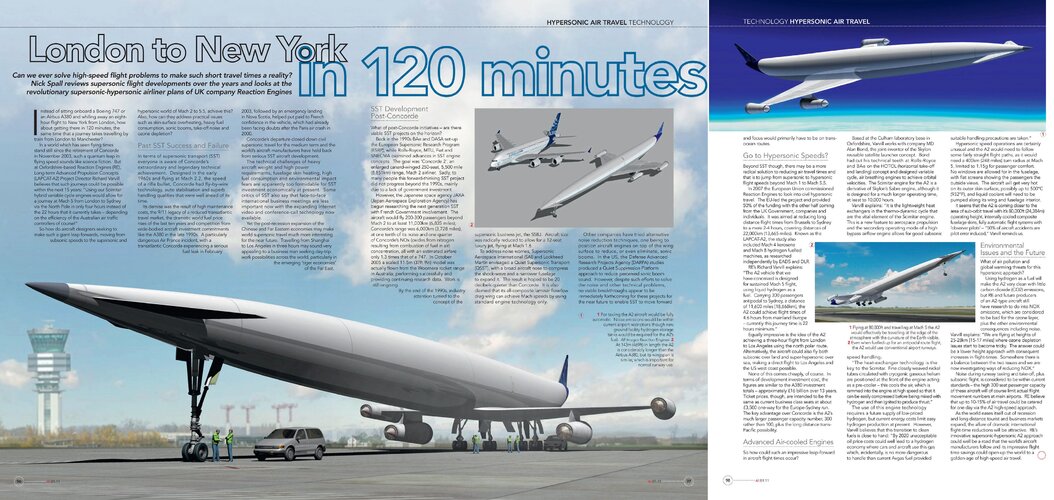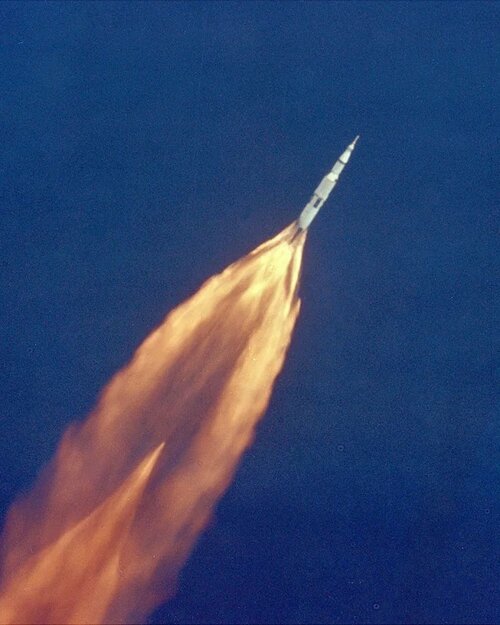I would definately concider Creo as a proper CAD system. I started with Catia 4 and hated Proe-E (the old name for Creo) in the beginning because it was terrible user unfriendly and required way to many clicks for everything. But it matured over the years and become much better. It is the most commonly used CAD program for complex mashinery (especially combustion engine design) and its logic reference system is way better than everything I've seen in Solid works. Despite I'm often getting upset from Creo failures (not doing what it supposed to do) I learned that other programs are by far worse.
Catia is very strong for complex surface modeling and so it is often used in aerospace and design applications. In the automtive world, it is quite common to do the body work with Catia and the powertrain with Creo.
Siemens NX (based on Ideas) has it's strong sides in interconnecting with CNC mashine programing, SAP and many other stuff.
I`ve never worked anywhere doing combustion engine fundamental design which used Creo, and I`ve worked at a lot of engine design departments.
All CAD systems are basically flawed and annoying, and the arguments endless, but I would say virtually every high level engine design dept is using either NX or CATIA. CATIA has been losing quite a bit of marketspace to NX in the last few years, partially because its insanely expensive, but also because nobody wants the cloud based V6 version (which is now called "3D experience" for reasons nobody knows).
Solidworks is amazingly easy and very capable, but falls over on stability and despite the PR claims, a total inability to
satisfactorally work with very large assemblies or extremely complex single parts. I would say it has the large market share for what we`d call mid-range engineering firms.
As far as I can tell Creo basically got no significant useful upgrades or serious feature expansion in the last 10 years and almost all current users of it are pretty much using it for some historical product continuity reasons, rather than because its what you`d choose out of the box today were you starting from zero.
Catia V5 is the best CAD system I`ve ever used, its ability to work with gigantic parts and assemblies in real time on even moderately capable PC`s is unbelievable, I have no idea how it does it. I`d use it now, but I dont have £100,000 for V5 with all the toolbars, so I use NX, which is about 2/3 as good for 15x less money.







